Go to the website to see many more interesting photos of these fortunate travellers!
Rare Historical Photos
Vintage photos show how glamorous the old days of train travel used to be, 1900s-1940s

At the beginning of the 1900s, leisure travel in general was something experienced exclusively by the wealthy and elite population.
In the early-to-mid-20th century, trains were steadily a popular way to get around. Through these vintage photos, we can see what train travel looked like in the good old days with the lavish furnishings and fine dining that holds a special place in the railroad’s rich history.
The 1920s and 1930s were a kind of golden age for rail travel in the U.S. and Europe, a period when railroads were portrayed as modern amenities that carried passengers to romantic getaways in luxury and comfort.
This was also a decade of prosperity and economic growth, and the first time middle-class families could afford one of the most crucial travel luxuries: a car.
Automobiles reduced demand for short-haul rail service because people could easily drive from one town to the next, but the unpaved surfaces of most roads and the uncertainty of amenities like gas stations and wayside restaurants made train travel for long distances the more convenient and preferred method of transportation.
Making long-distance rail travel comfortable required a growing number of porters and staff who catered to passengers’ every whim.
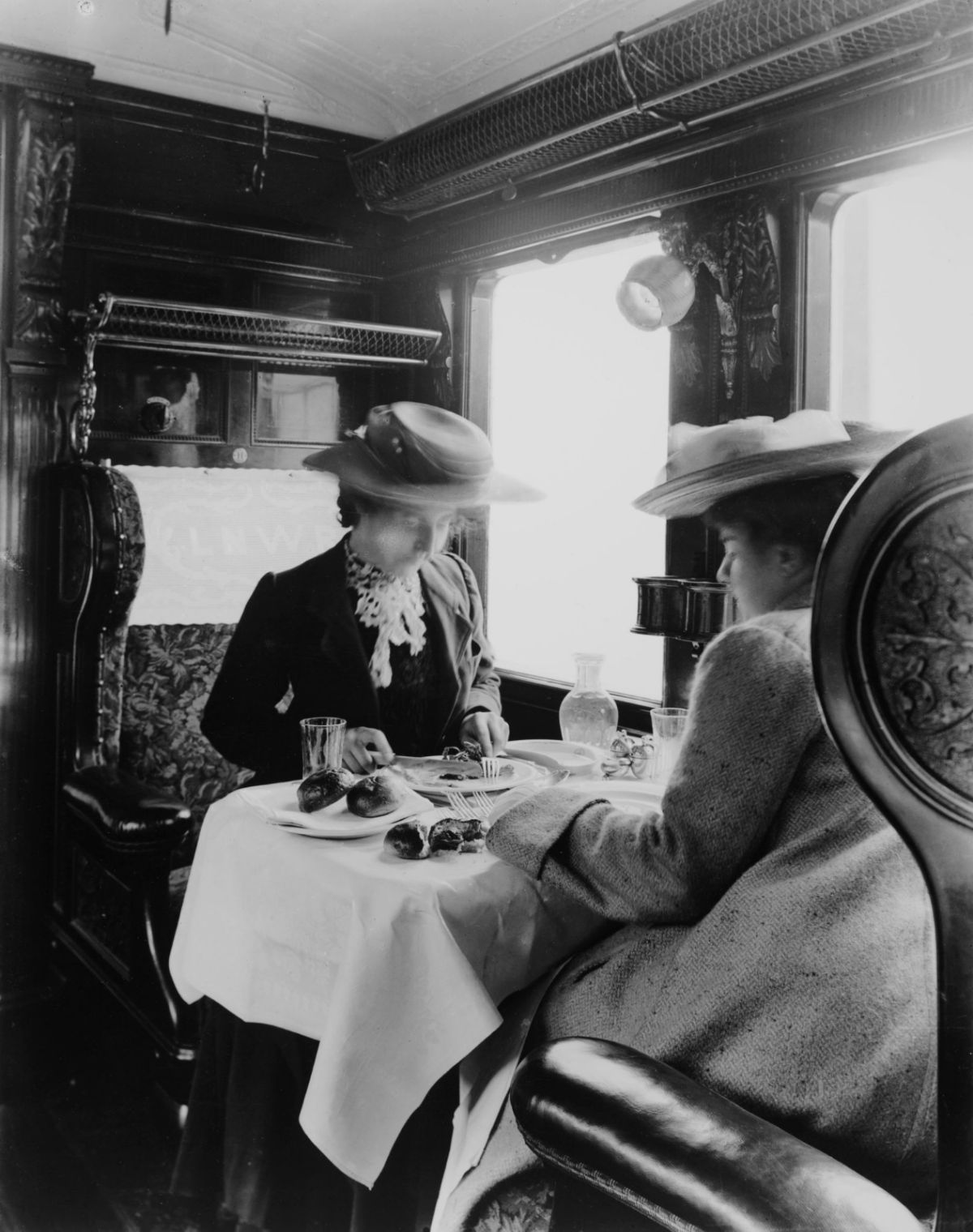
Two female passengers eating a meal in a London & North Western Railway dining car, 1905.
During the same decades, American railroads like New York Central embarked on new advertising campaigns to confront the growing threat from automobiles.
Posters, calendars, and magazine advertisements presented images that romanticized train travel, their destinations, and the sleek, new streamlined locomotives that moved passengers.
New York Central hired Industrial designer Henry Dreyfuss, who redesigned not only their locomotives and passenger cars but nearly everything the passenger may encounter from tableware to matchbooks.
Train travel made another humongous leap forward in 1930 when it debuted as the first passenger cars fully equipped with air conditioning.
The B&O Railroad debuted the first passenger train with AC on April 28, 1930, when the Martha Washington model dining car was unveiled in Baltimore. It was a sensation that The Baltimore Sun said turned train travel into a “resort on wheels.”
As the 1930s chugged along, train companies found themselves being forced to push the envelope, even more, when it came to the amenities they offered on their routes.
That meant major upgrades in areas like dining cars, which were the social hubs for all train rides, and no one did dining cars better than the B&O Railroad Company.
The Royal Blue line was the flagship train for B&O and was known for having the best of the best dining cars for its route between New York City and Washington, D.C.
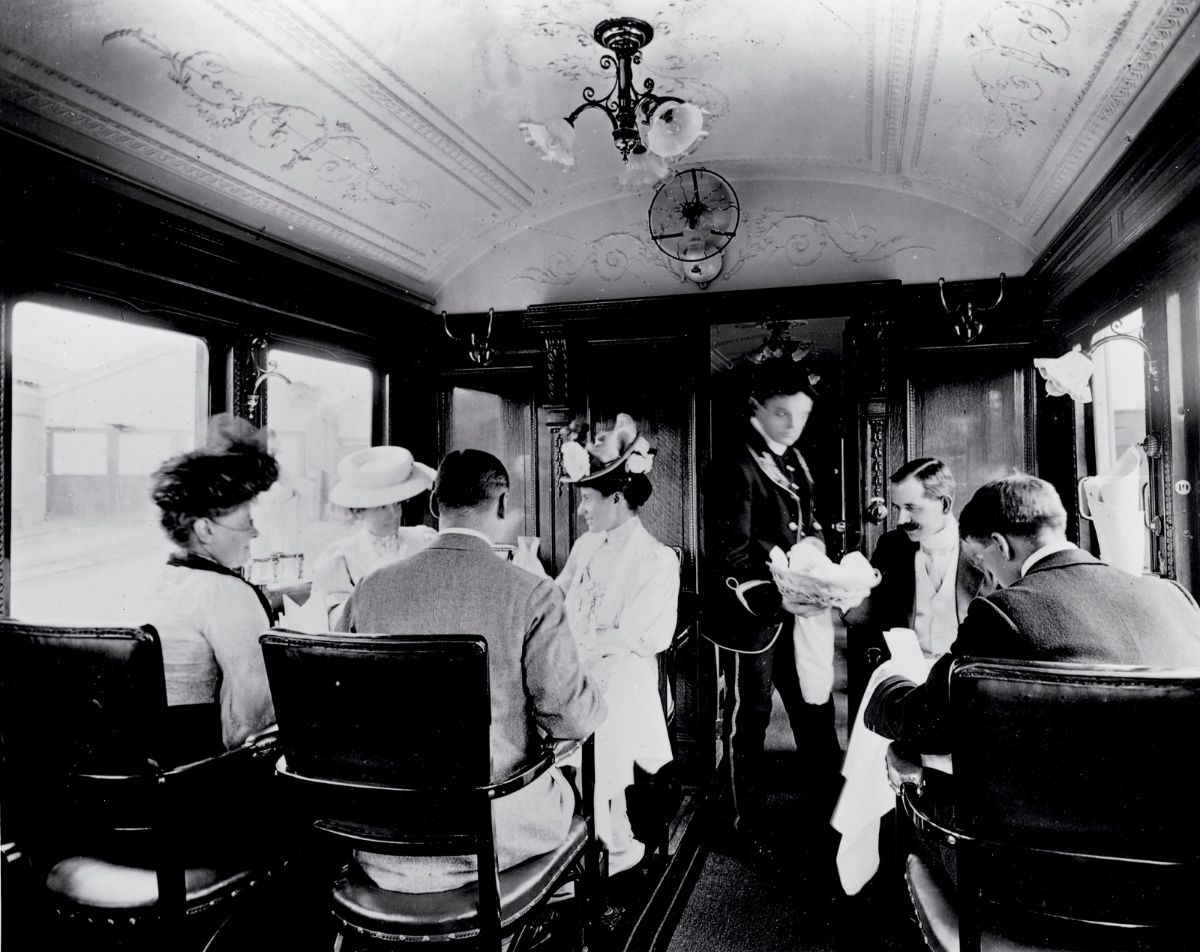
Railroads played a large role in the development of the United States from the industrial revolution in the Northeast (1810–1850) to the settlement of the West (1850–1890).
The American railroad mania began with the founding of the first passenger and freight line in the nation of the Baltimore and Ohio Railroad in 1827 and the “Laying of the First Stone” ceremonies and the beginning of its long construction heading westward over the obstacles of the Appalachian Mountains eastern chain the following year of 1828.
It flourished with continuous railway building projects for the next 45 years until the financial Panic of 1873 followed by a major economic depression bankrupted many companies and temporarily stymied and ended growth.
Although the antebellum South started early to build railways, it concentrated on short lines linking cotton regions to oceanic or river ports, and the absence of an interconnected network was a major handicap during the Civil War (1861–1865).
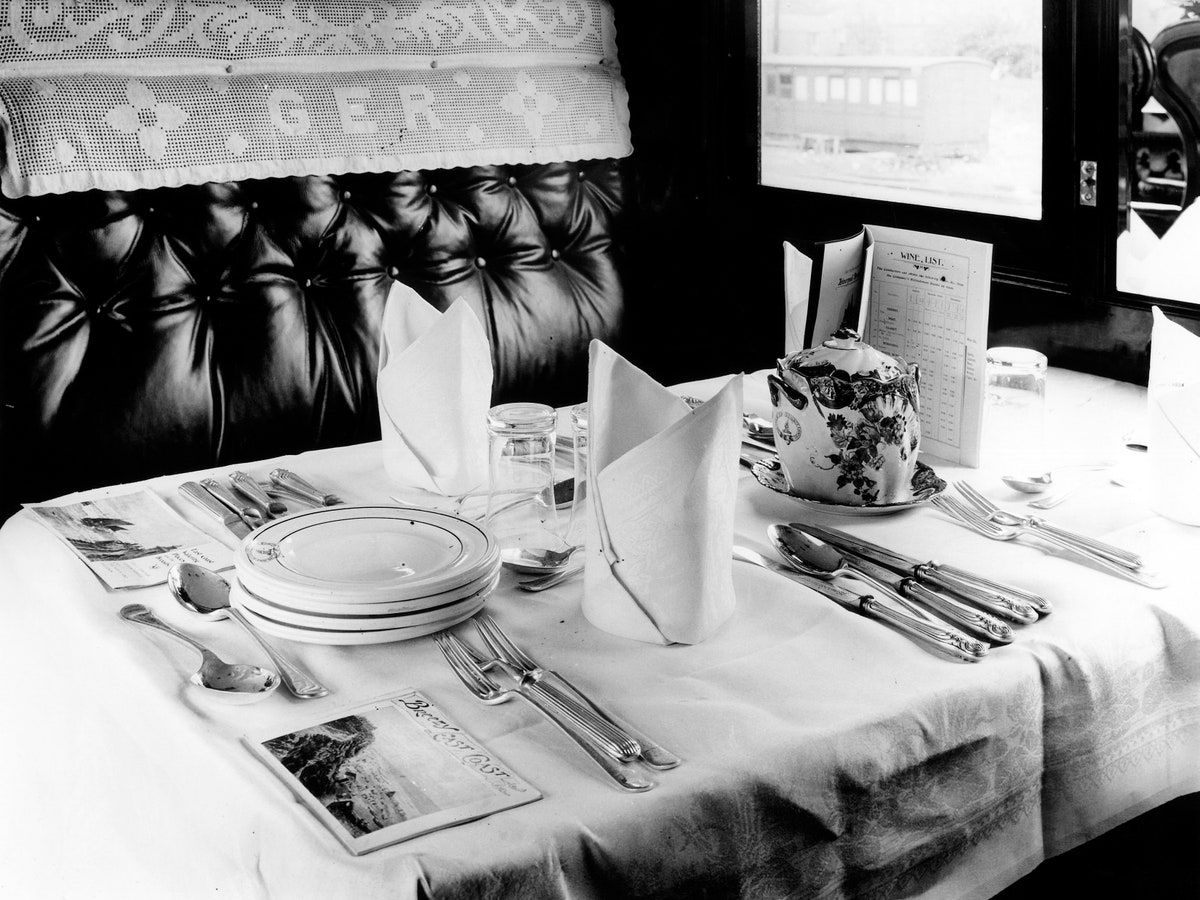
A first-class dining car on the Britain’s Great Eastern Railway—also known as GER, as shown on the embroidered seat cover, 1912.
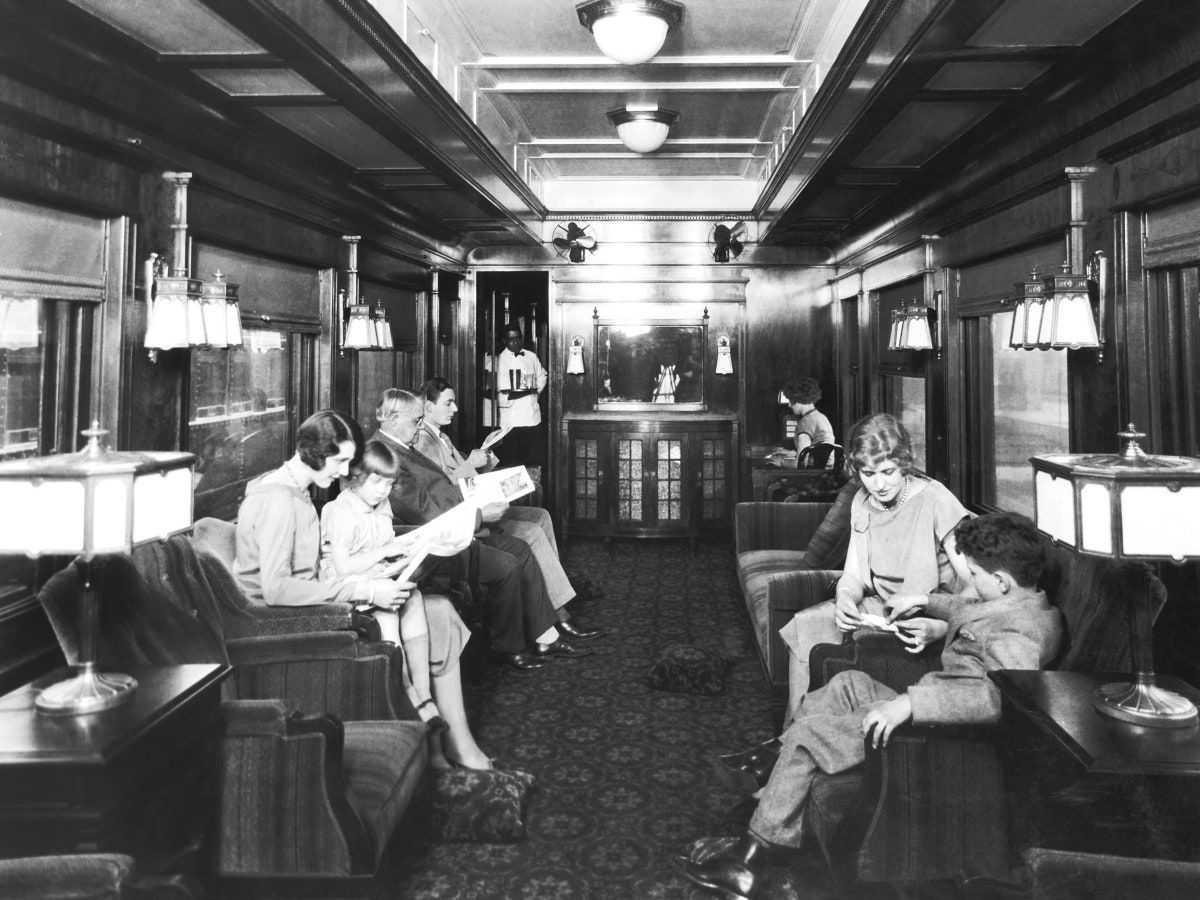
The observation and lounge car on Northern Pacific’s transcontinental U.S. railroad line, 1926.
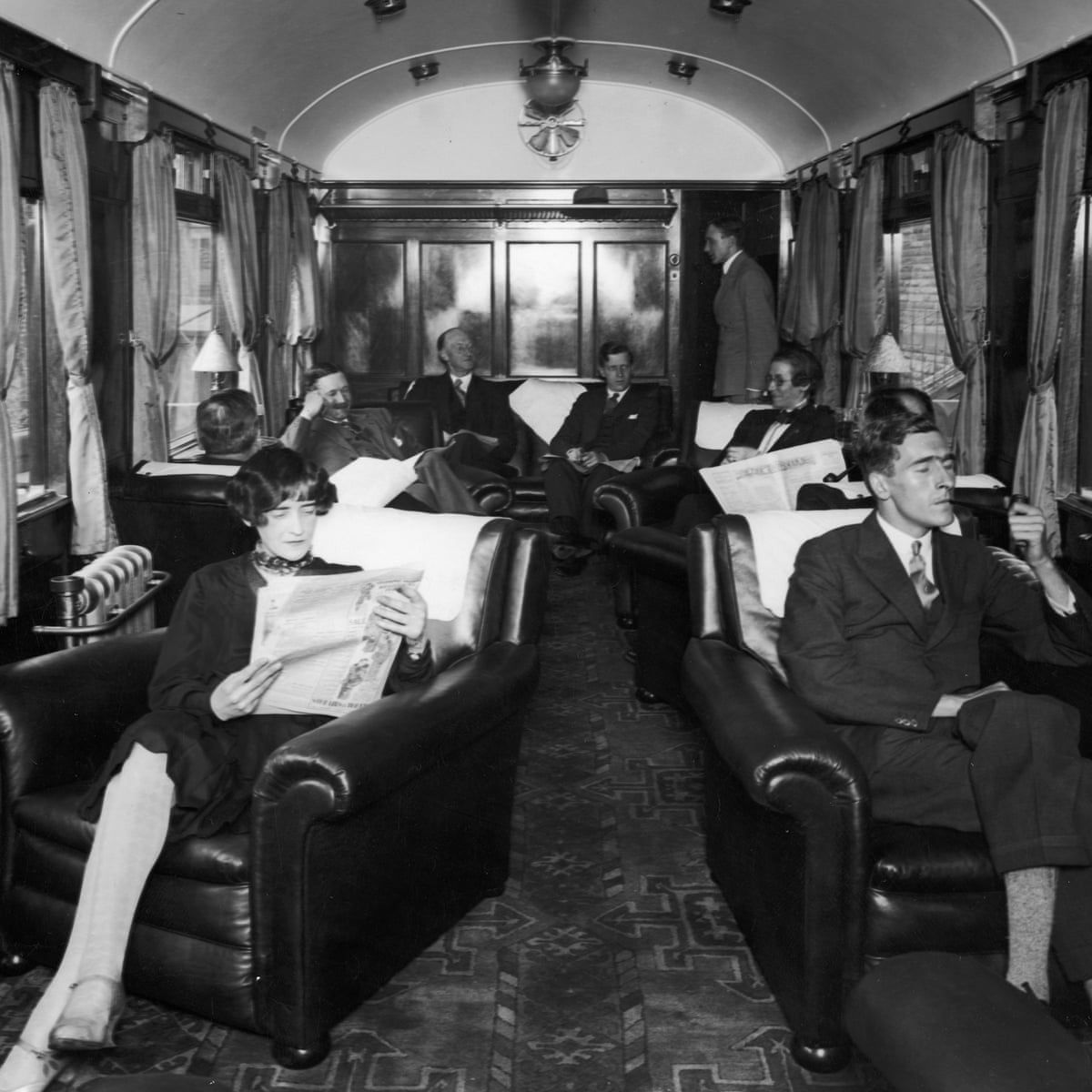
The luxurious first class lounge on board a London Midland and Scottish Royal Scot train, 1928.
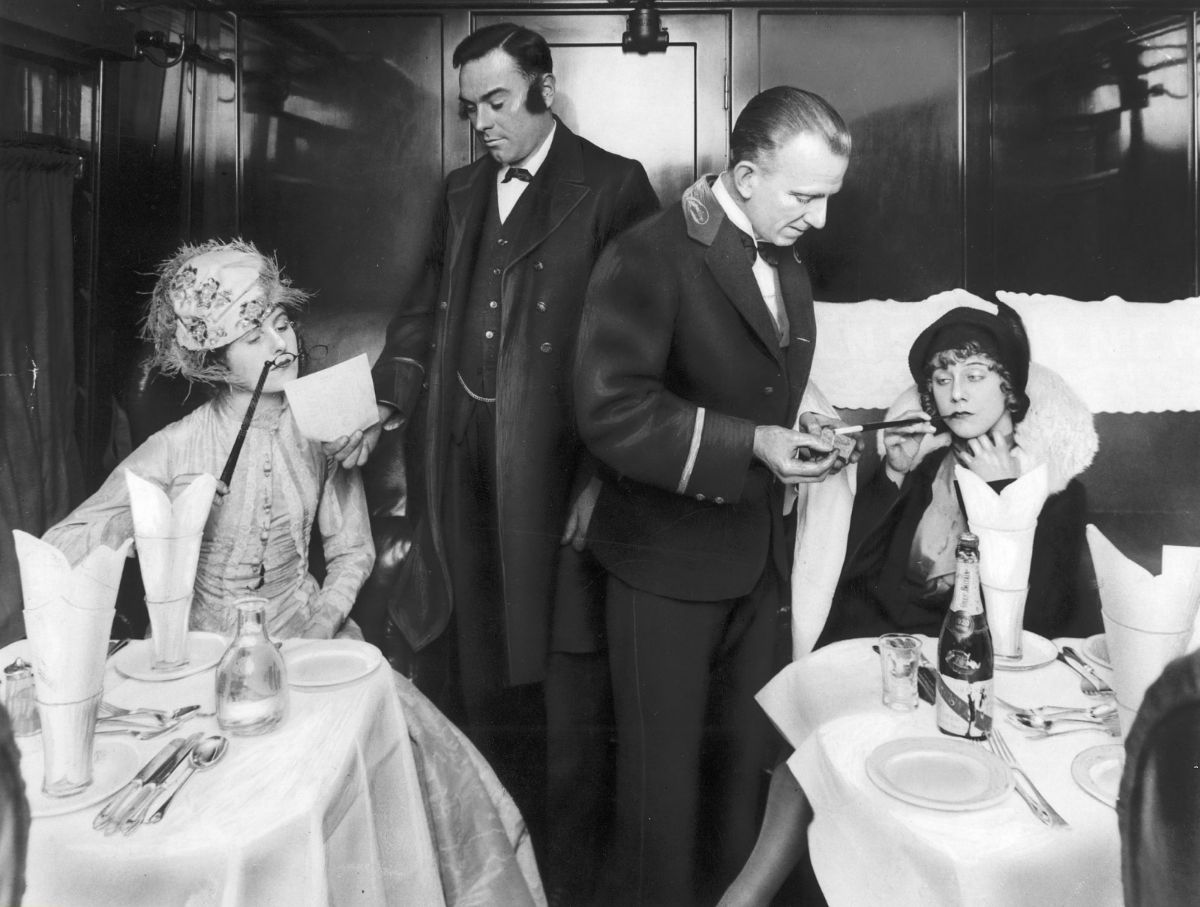
Two elegant ladies and waiters in a train dining car, Germany, 1929.

Children enjoying a festive party in an LMS dining car while traveling home for Christmas, 1938.
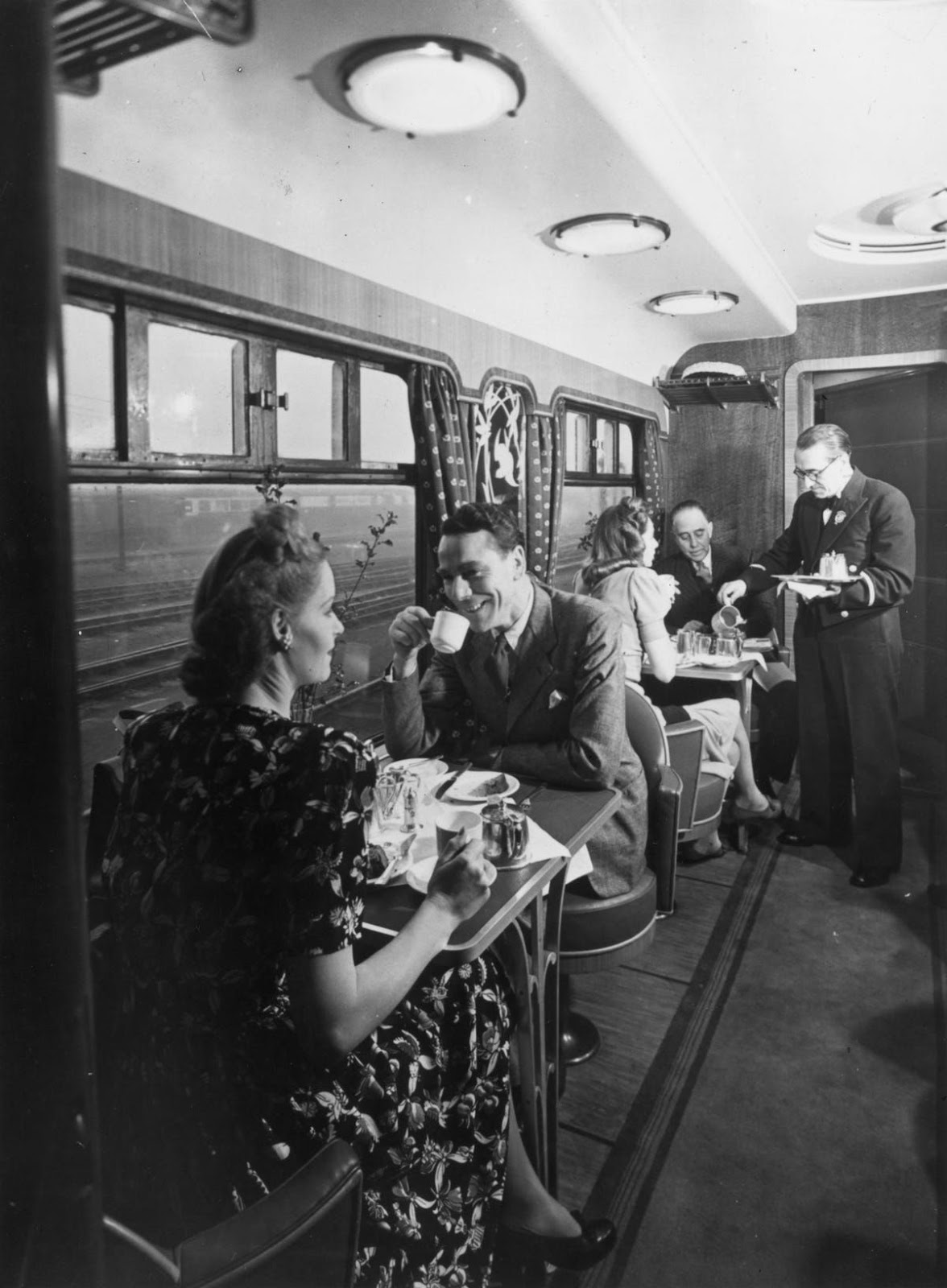
Diners in the restaurant car on a GWR (Great Western Railway) oil-fired locomotive, 1946.
#History #Travel #Rail #Railway #Luxury #FirstClass #USA #GreatBritain #Germany




























